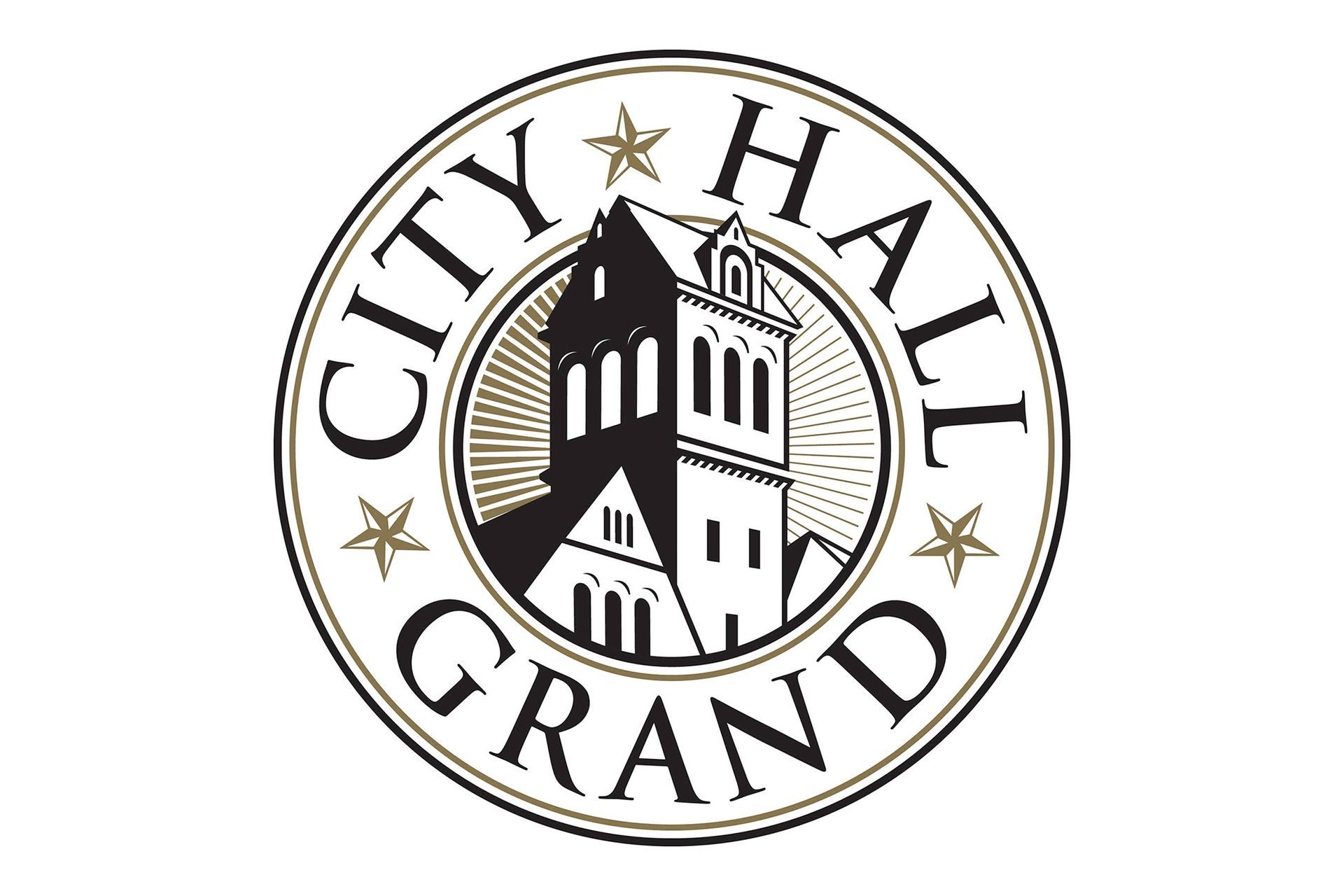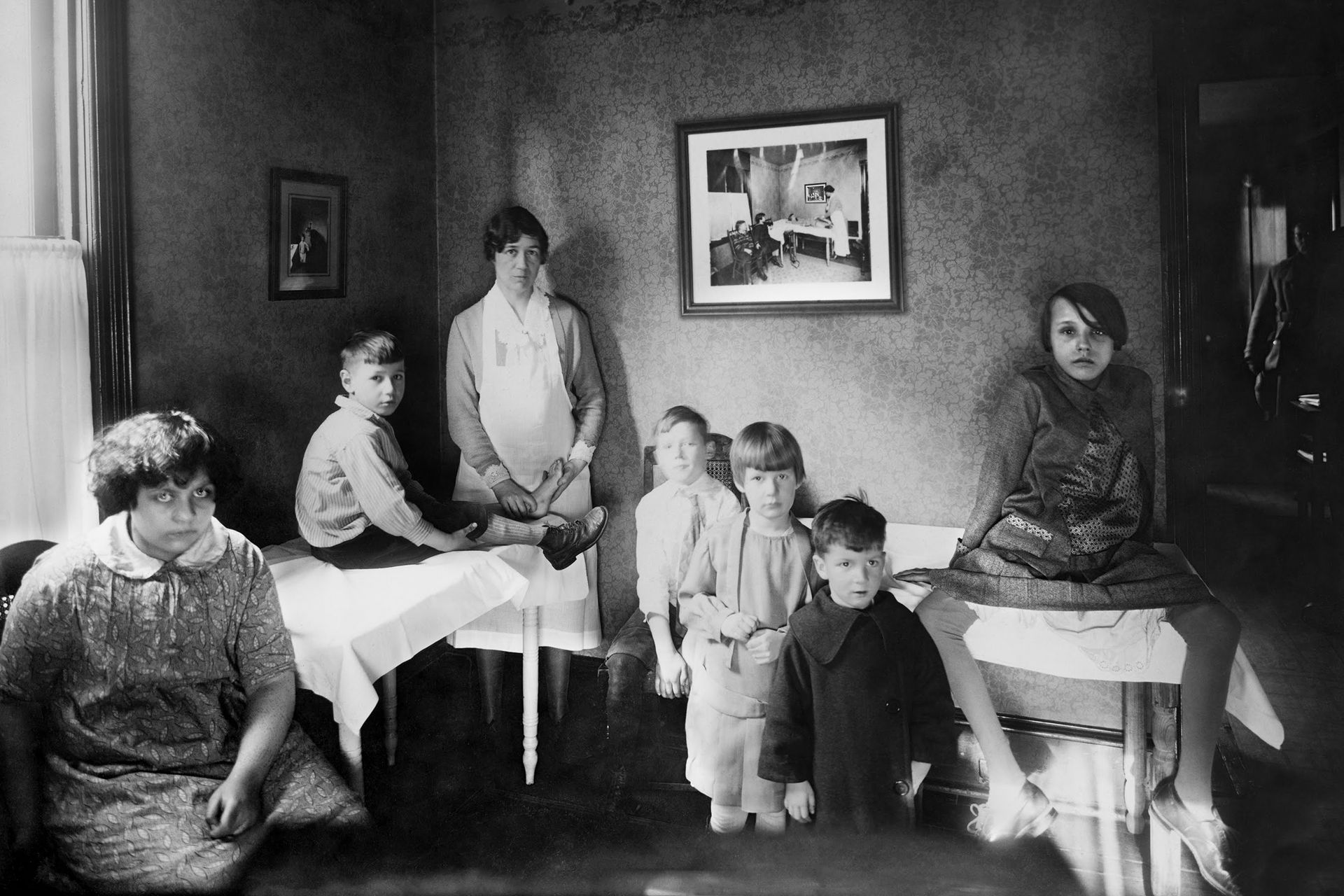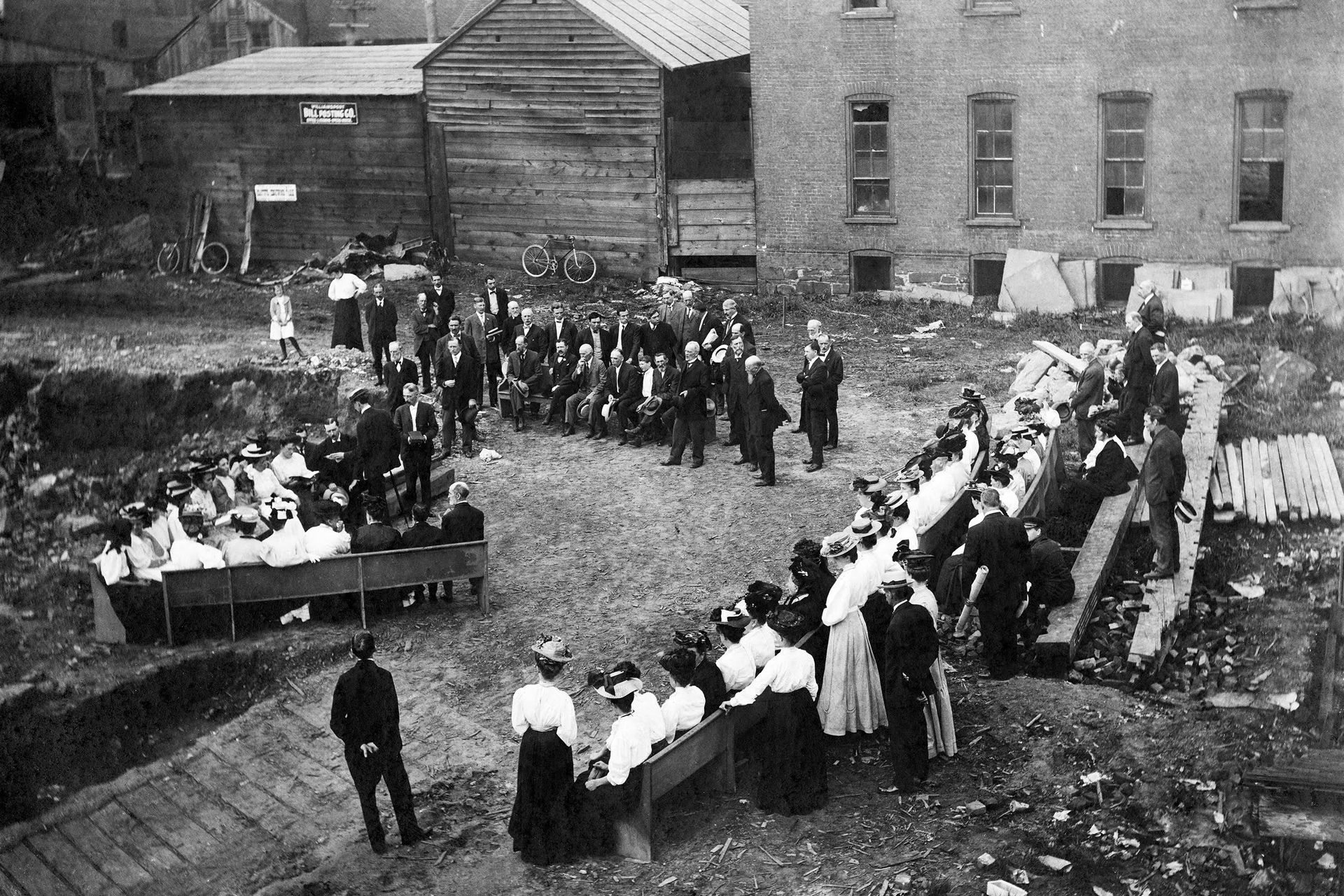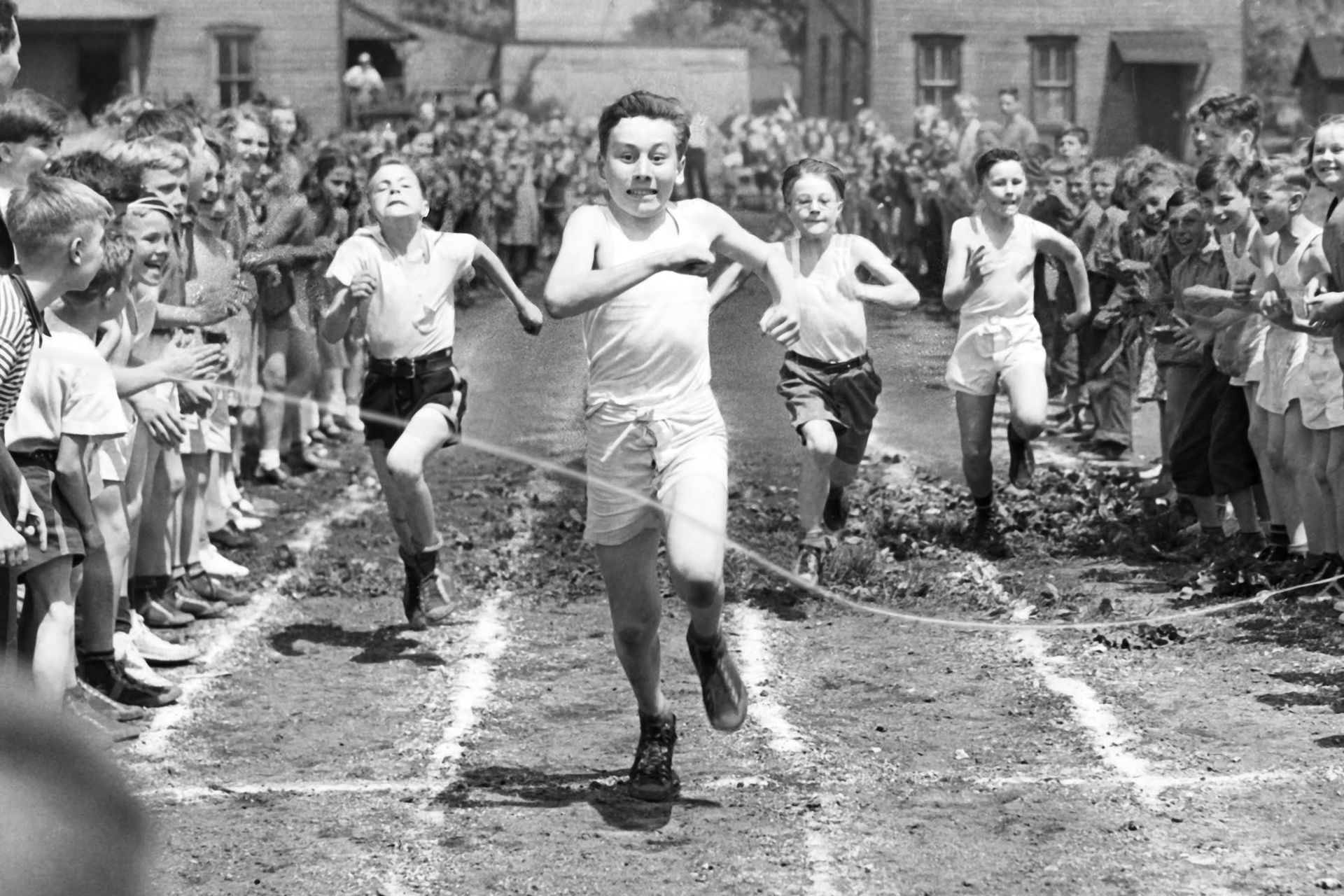Williamsport History
"Behold, I show you a mystery; we shall not all sleep, but we shall all be changed. In a moment, in the twinkling of an eye, at the last trumpet; for the trumpet shall sound, and the dead shall be raised incorruptible, and we shall be changed."
1 Corinthians 15:51-52
The History of the Old City Hall
The preserved Old City Hall is a historical landmark with many old stories to tell. The property on which this beloved structure proudly stands today has undergone many changes. Some were mournfully sad, while others uplifted hearts. The trumpets have indeed sounded, the dead have been raised, and we have indeed been changed. And so the story begins...
Eber Culver, one of Williamsport's foremost architects, designed the five-story building of yellow brick trimmed in stone with molded brick ornamentation and terra cotta columns. Built in 1893, it features two towers: a large rectangular tower and a smaller octagonal tower, both of which have been incorporated into the hotel's unique design. The building was added to the National Register of Historic Places on November 7, 1976. Recently renovated as a boutique hotel, its history and incomparable architecture can now be shared with business and leisure travelers. At the City Hall Grand Hotel, Culver's eclectic late Victorian/Romanesque revival style meets the industrial style of Joshua Butters and Hulk Destruction, Construction, and Salvage Company. We are sure visitors will be intrigued by the unusual yet comfortable atmosphere of the guest rooms. Each displays the soul of a structure that bears the memories of many long-forgotten moments that helped form Williamsport into the proud city it is today.
But the history of this property goes back much farther than the magnificent building that stands here. Almost a century, in fact. In 1796, Michael Ross, the city's co-founder, set aside this small tract of land as a burial place for his family. Only a few small cabins dotted the wilderness here when Ross first envisioned Williamsport as a city with even greater expectations as the county seat.

Michael Ross, Founder of Williamsport
After his seven-year indenture with Samuel Wallis in 1779, Ross received 109 acres from the large landowner due to having left him with a good impression. A successful farmer and surveyor, Ross later bought 300 acres near Grafius Run from Wallis for 5 shillings. In 1793, the tract of land that later became downtown Williamsport was purchased by Ross from William Winter.
Photo courtesy of the Thomas T. Taber Museum
The small cemetery, known as the Pine Street, or Ross, Graveyard, was where Michael Ross's family was laid to rest, including Ross himself when he passed away in 1819. They did not rest here, however, but for a mere half a century. Although Ross intended to convey the ground to the then borough, he died before the paperwork could be executed. Now, falling into the hands of descendants by deed, the small plot became overfilled and under-tended. Moreover, because of the poor layout of lots, or lack thereof, the dead were haphazardly interred and with far too many "residents." Interments had to cease about 1856, and by July 1, 1867, the city (incorporated in 1866) passed ordinances to have all monuments, headstones, footstones, and, sadly, the remains of the dead removed and taken up to the then-new Williamsport Cemetery, which had been established in 1850 on Washington Boulevard. Michael Ross and his family were among those who were forced from their not-so-final resting place.
The plot condition had become so dilapidated that passersby, including the infamous Mark Twain, found the decaying reminders of the bygone graveyard disgusting and reprehensible. Twain, who was lecturing in Williamsport in 1869, used the deplorable site as an inspiration for a short story titled "A Remarkable Dream." Years later, the area was leveled and turned into "Ross Park," so designated by a neighboring attorney, S. L. Youngman, by hanging a simple board from a tree.
Still, the ground was not well-tended, and it soon became a general repository for trash and discarded building material. Years later, in 1887, the city erected a small brick building on the southeast corner of the park to be utilized as police headquarters and a lock-up.
By the early 1890s, when a new home was needed to house the city's expanding government, Eber Culver began designing the future City Hall. While under the employment of Peter Herdic, a leading figure of the city's industrial era, Culver (with a yearly salary of $2000) had already been known for designing thirteen of the houses along "Millionaires Row," as well as the Herdic House Hotel (now known as Park Place), the Trinity Episcopal Church, and what eventually became known as the "Weightman Block." But it was between 1883 and 1894 that this illustrious architect was most productive while in Williamsport. His other architectural designs during this span were the old Williamsport High School, the Lycoming Opera House, the Hess Block, and the Susquehanna Trust and Safe Deposit Company.
The ground was broken on the old Ross property by 1893, and two years later, the new municipal building was in use. The majestic City Hall swelled with sheer magnificence emanating from the city's streets and the interior. Lavishly decorated with stately marble tile floors, elegant stairways adorned by posh balustrades, and a romantic veranda above the imposing front doors, the new City Hall, in all its splendor, had made the city proud. Ross's slice of history was no longer the eye-sore it had once been. The Gazette & Bulletin described Culver's beautiful structure in the city's heart with these words: "There is no church in Williamsport that will compare in elegance."
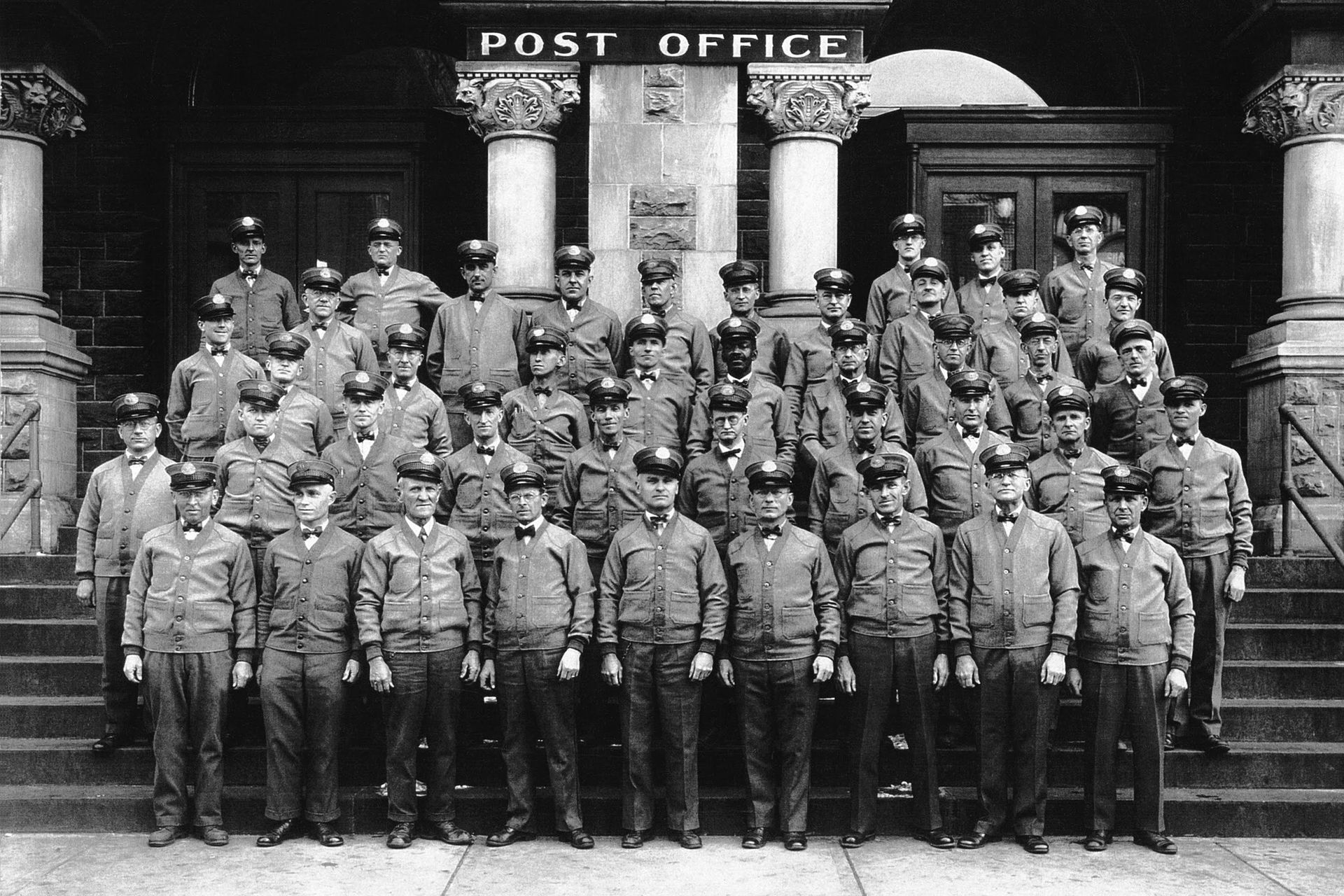
1979
In 1979, the government offices of Williamsport moved to their new home on West Fourth Street (the former Post Office). By the early 1980s, Richard H. Lundy saved this tired old soul of a building from the wrecking ball. The Old City Hall became home to various businesses and agencies during the next three decades. During that time, the old structure moaned for the return of her glory days.
Renovations began in January 2016, when the Butters family saw the value as well as the true potential of this beautiful vessel. The doors opened again only seven months later as the City Hall Grand Hotel. After three phases of construction, as well as much heart and hard work, sweat, and even tears, the rest is simply...history.
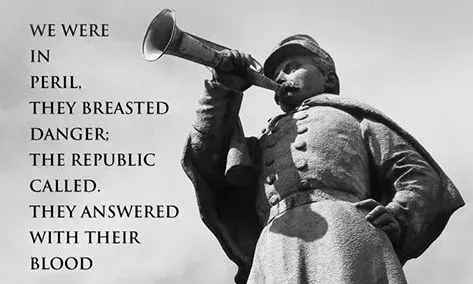
Our Trumpeter Stands Proudly
The property is also the home to our famous "Trumpeter," who stands proudly atop the Civil War monument "erected by the people of Lycoming Co. under the auspices of the Grand Army of the Republic: to the memory of their heroic dead who fell in defence of the Union ~ 1861 to 1865," and was dedicated nearly 120 years ago in front of a rain-drenched crowd of 10,000.
Founded in 1866, the Grand Army of the Republic (G.A.R.) was a fraternal organization composed of Union veterans who served in the American Civil War. Membership reached a peak in 1890, which was a high point of various commemorative and monument dedication ceremonies. The organization dissolved in 1956 with the death of its last member. Today, our Trumpeter proudly proclaims, "death makes no conquest of these conquerors, for now they live in fame, though not in life."
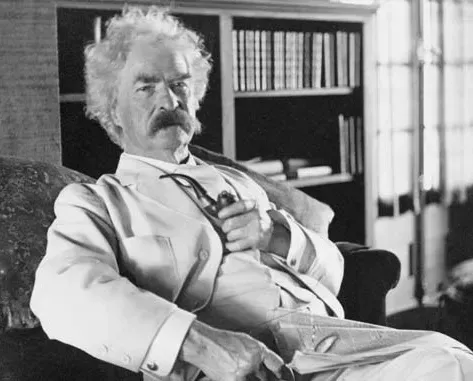
A Visit from Mark Twain
On New Year's Eve in 1869, Mark Twain, not yet famous, came to Williamsport to lecture at the Ulman Opera House. After visiting the run-down Pine Street Cemetery (unofficially named "Ross Park Cemetery"), the appalled Twain wrote a sketch*, titled "Remarkable Dream," apparently inspired by its neglect. This imaginative account, written before the adventures of Tom Sawyer or Huckleberry Finn, records the ponderings of a disgruntled resident of the cemetery speaking with Twain about the deplorable condition of his once beautiful and comfortable grave.
If you would like to listen to "A Curious Dream" by Mark Twain, click on this link. Enjoy!
https://www.youtube.com/watch?v=KyL8tIuY28c
*Mark Twain's sketch, titled "Curious Dream," first appeared in the "Buffalo Express" in April 1870. The short story subsequently appeared in the "Daily Gazette and Bulletin" of Williamsport under the title "Remarkable Dream." In 1980, it was reprinted in the "Williamsport Sun-Gazette."

Ross Park Cemetery Remembered
A key player in the formation of Lycoming County and the establishment of Williamsport as the county seat was Michael Ross (1759 - 1819), an immigrant from Scotland. Once an indentured servant to Samuel Wallis (known as the "Land King" of the West Branch Susquehanna River Valley), Ross quickly became a successful surveyor and farmer in northeastern Pennsylvania. Eventually, Ross acquired 285 acres (1.2 km2) of land, originally called "Virginia," in the central part of Williamsport, which became a borough in 1806. Ross, along with William Hepburn, was a founding father of the city. Some suggest that Williamsport was named after the son of Michael Ross, William.
The ground upon which the courthouse stands and upon which the [old] jail is erected were donated by [Michael] Ross. He also set aside the old Pine street burying ground as a graveyard--the first in the town--with the understanding that he and his family should be buried in the center of it and their bones remain for all time to come, without molestation. He and his wife and two sons were buried there. But years after he was gone, strangers to the founder of Williamsport desecrated the graveyard he thus set apart. Today, the City Hall stands upon the spot he chose for his tomb, where his bones rested sixty years before they were removed together with those of his wife and sons, to the Williamsport cemetery, Washington street [boulevard].**
By the time construction began for the former City Hall in 1893, Michael Ross and his family's remains, along with many others who were buried here on Pine Street, found permanent rest at the Williamsport Cemetery. Old tombstones, however, continued to be uncovered during the excavation work from time to time.
On July 2, 2016, a "tombstone" memorial with the inscription "ROSS PARK" was dedicated by Mayor Gabe Campana in front of our Old City Hall. This dedication followed a performance by Dorothy Dietrich and Dick Brookz of the Houdini Museum in Scranton, PA, across the street and the dedication of a plaque honoring Harry Houdini.
With this monument, we would like to remember the men and women that were once buried here, especially Michael Ross and his family, and also to look back on the days when this property was known simply as "Ross Park."
We want to give credit to Joshua Butters and Joey Rupert for designing and building this "tombstone" for us and to HULK for this donation to the city of Williamsport.
**From a June 1895 article about Michael Ross; research by Bruce Huffman
Thank You
City Hall Grand Hotel would like to give special thanks to the James V. Brown Library, just a few blocks east of the hotel. The library, a magnificent example of our city's finest architecture, is worth a visit. The Brown Library kindly lent our hotel more than 80 photographs allowing us to bring our city's history to our guests. Please visit them while in the area, or check out their website at www.jvbrown.edu.
City Hall Grand would also like to thank the Thomas T. Taber Museum of the Lycoming County Historical Society for kindly providing us with the only image of our co-founder, Michael Ross, known to exist. The museum, less than a mile west of our hotel, chronicles the history of our region from American Indian occupation through 20th-century industry and life. Visitors can enjoy many wonderful exhibits, including an American Indian gallery, a Fine and Decorative Arts gallery, 19th-century period rooms, and the Shempp Model Train exhibit with over 300 toy trains. Please visit them while in the area, or check out their website at www.tabermuseum.org.
City Hall Grand Hotel would like to give a special thanks to Dorothy Dietrich and Dick Brookz, our friends at the Houdini Museum in Scranton, PA. They kindly sent us some wonderful memorabilia to use in the City Hall Grand Hotel, allowing us to bring a bit of "Houdini History" to our guests. Dorothy and Dick currently have the only building in the world dedicated to Harry Houdini. Please visit their museum while in the Scranton area, or check out their website at www.houdini.org.
City Hall Grand Hotel would also like to thank Steve Bagwell for taking many of the photos you see here on our website and our Facebook page.
